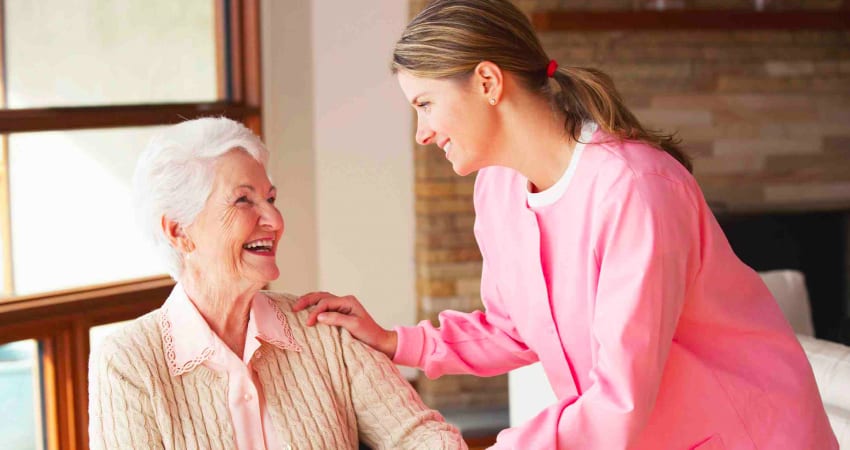
We all care for someone in one way or another. Some of us provide a level of care above and beyond just looking out for someone. When that level of care becomes a central part of our lives, we can sometimes use a little extra help. We’ll be taking a look at the role carers play in people’s lives, and what support is available to make that responsibility a little easier.
According to the ABS, approximately 2.7 million Australians care for someone with a disability, mental or physical illness, drug or alcohol addiction, or someone who is frail aged. This means 12% of our population are caregivers and 32% are primary carers who nearly all look after a family member. The value of care provided each year is estimated at a staggering $60.3 billion dollars.
Carers come in all shapes and sizes, and the role that they fill in the community is vital. Caring can cover a broad range of daily activities, from assistance with basic tasks like eating, bathing, healthcare and mobility, to providing aid in areas such as emotional, social or financial support. One thing all carers have in common is fulfilling a vital role in the lives of those they support.
To manage all of these responsibilities, carers themselves require systems of support and assistance. Luckily there is help available, from simple tricks through to cutting edge technology.
Assistive technology (AT) describes devices or systems that allow an individual to perform day to day tasks that they would otherwise be unable to do, or increase the ease and safety with which those tasks are performed. AT is key in supporting greater independence and safety, and it doesn’t have to be complicated.
Basic assistive technology has been around for decades in the form of wheelchairs, hearing aids, prosthetics and medical alarms. However as our population ages, life expectancy increases and technology advances, more tech savvy solutions are being developed.
As new technology becomes more widely available outside of clinical settings, innovative solutions are becoming easier to access and manage. If there’s a task that you or the person you support finds difficult, chances are there’s a solution out there.
Some examples could be:
Other AT solutions could include a page turner for an avid reader with dexterity issues, adapted cutlery to help with handling or movement, or remote controls for various appliances.
Assistive technology can be of great benefit to carers and those they support. So how do you explore your options and decide what’s right for your situation?
Understandably, affordability is a massive consideration for carers. Funding for AT is available through certain government and non-government programs, such as the DVA RAP program or NDIS. Carers Australia and Independent Living Centres are great resources for carers, and can provide you with advice on the best AT and funding options for your individual situation.
What do you have to say? Comment, share and like below.